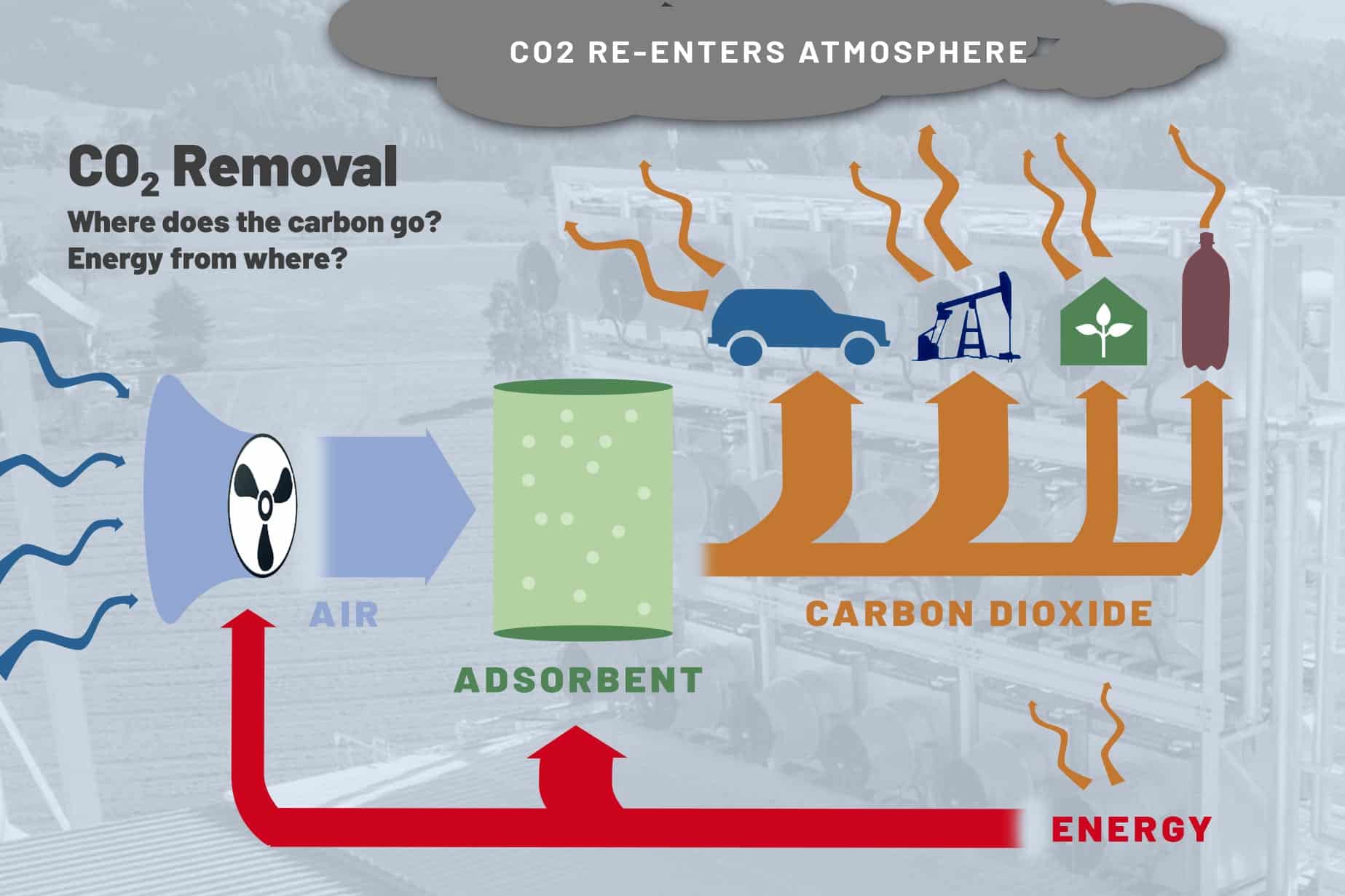Breaking Barriers: The Potential of Direct Air Capture in Sustainable Environmental Practices

Image Source: Google
In the fight against climate change and the quest for sustainable environmental practices, direct air capture (DAC) technology has emerged as a promising solution. DAC technology involves removing carbon dioxide directly from the air and storing it underground, thus helping to reduce the amount of greenhouse gases in the atmosphere. This innovative approach has the potential to break barriers in the journey towards a greener and more sustainable future.
The Science Behind Direct Air Capture
Direct air capture technology utilizes chemical processes to capture carbon dioxide from the air. The captured CO2 can then be stored underground in geological formations or used in various industrial processes. The key components of DAC systems include:
Absorption:
- Large fans draw in air and pass it through a liquid sorbent that captures the CO2.
Desorption:
- The captured CO2 is then released from the sorbent through heating, creating a concentrated CO2 stream.
Storage:
- The concentrated CO2 can be stored underground in deep geological formations, preventing it from re-entering the atmosphere.
Benefits of Direct Air Capture
Direct air capture technology offers a range of benefits that can contribute to sustainable environmental practices:
Carbon Neutrality:
- DAC technology can help industries achieve carbon neutrality by capturing and storing CO2 emissions.
Climate Change Mitigation:
- By reducing the amount of CO2 in the atmosphere, DAC technology can help mitigate the impacts of climate change.
Resource Efficiency:
- DAC technology can be powered by renewable energy sources, making it a resource-efficient solution for carbon capture.
Challenges and Barriers
While direct air capture technology holds great promise, some several challenges and barriers need to be addressed:
Cost:
- Current DAC systems are expensive to operate and require significant energy inputs, making them less economically viable.
Scale:
- Scaling up DAC technology to capture significant amounts of CO2 poses logistical and technological challenges.
Public Perception:
- There is still skepticism and lack of awareness about the effectiveness and feasibility of DAC technology among the general public.
The Future of Direct Air Capture
Despite the challenges, direct air capture technology has the potential to revolutionize carbon capture and storage efforts. As research and development in DAC technology continue to advance, there are several key areas to focus on for unlocking its full potential:
Cost Reduction:
- Developing more cost-effective DAC systems through technological innovations and process optimizations.
Scalability:
- Investing in research to scale up DAC technology and make it more efficient in capturing larger volumes of CO2.
Education and Awareness:
- Increasing public awareness and understanding of DAC technology to promote its acceptance and adoption as a sustainable environmental practice.
Direct air capture technology has the potential to play a significant role in combating climate change and transitioning towards a sustainable future. By breaking barriers and overcoming challenges, DAC technology can pave the way for a cleaner and greener environment for future generations.